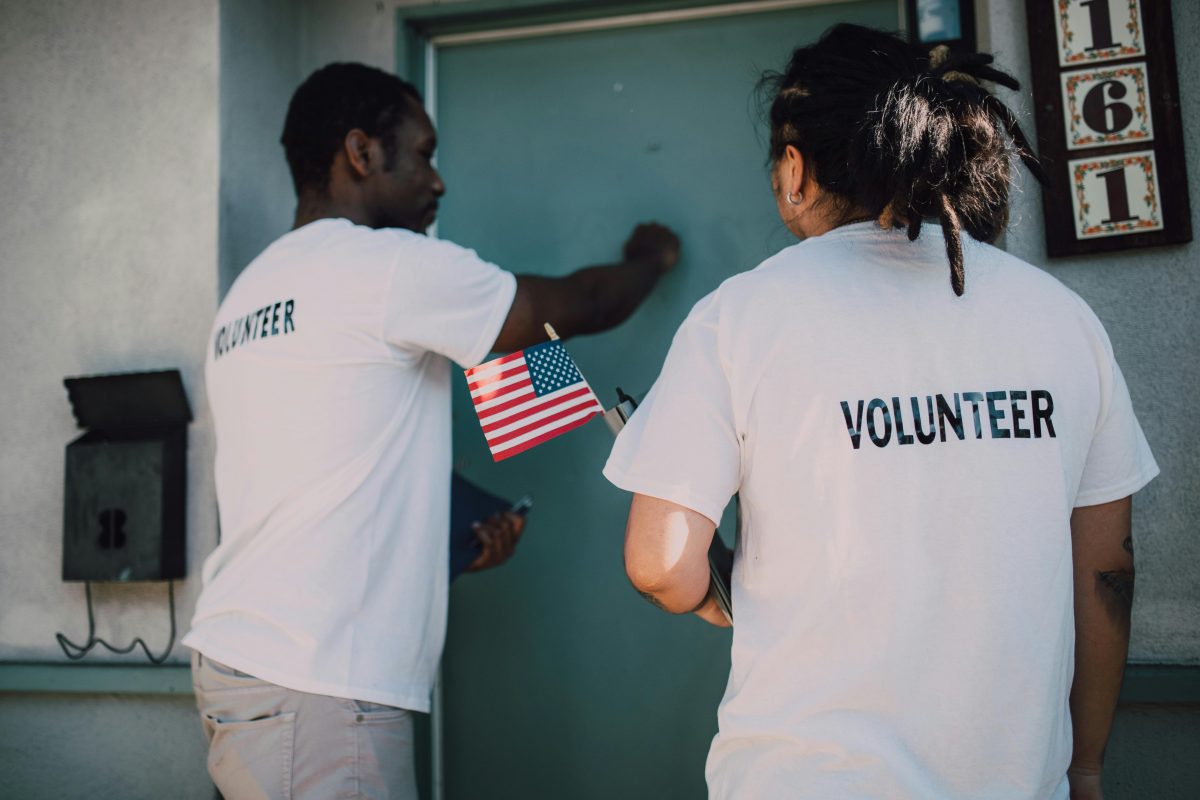What to Do if My Employees Are Having Issues Adapting to a Volunteer Program
September 30, 2025The Areas of Improvement an Organization Would See if Their Volunteer Program Grows
October 1, 2025
What Can SOILK Do to Help an Organization Implement and Manage a Volunteer Program?
Starting a volunteer program sounds exciting, but for many organizations it can also feel overwhelming. How do you design the program? How do you convince employees to join? How do you measure success? These questions can make leaders nervous. This is where SOILK can help. SOILK is a partner that guides companies in building, running, and improving volunteer programs that truly work.
Let’s look at how SOILK can support an organization at every step of the process.
Step 1: Understanding the Organization’s Needs
Every company is different. Some want to focus on the environment, while others may want to support education, health, or local families. SOILK begins by learning about the organization’s culture, goals, and community. By listening closely, they design a volunteer program that feels natural and connected to the company’s mission.
This step is important because a “one size fits all” program rarely works. With SOILK, the program is shaped around what matters most to both the company and its employees.
Step 2: Designing the Program
Once the goals are clear, SOILK helps design the program. This includes:
- Setting clear objectives (for example: number of hours, type of impact, employee participation rates).
- Creating guidelines so employees know what counts as volunteer time.
- Choosing the right nonprofit partners.
- Deciding if employees will get paid volunteer time off or if it will be optional.
A well-designed program removes confusion and makes it easier for employees to say yes.
Step 3: Training Leaders and Employees
For a volunteer program to succeed, both managers and employees need to understand it. SOILK offers training and workshops to explain:
- Why volunteering matters.
- How employees can join.
- How leaders can encourage participation.
- How to log hours and track progress.
Training builds excitement and removes barriers. It also makes leaders role models, which is key to motivating teams.
Step 4: Promoting the Program Internally
Even the best program will fail if no one knows about it. SOILK helps organizations create communication plans. This can include emails, posters, events, or even social media campaigns inside the company.
When employees hear clear messages and inspiring stories, they are more likely to take part. Promotion makes the program feel like part of the company culture, not just an extra task.
Step 5: Managing and Tracking Volunteer Hours
One of the hardest parts of running a volunteer program is tracking hours and participation. SOILK provides tools and systems to make this easy. Employees can log their hours through apps or online forms, and managers can quickly see who is participating and how much time has been given.
With this information, the company can measure its impact. For example, “This year, our employees gave 2,500 hours, equal to $75,000 in community value.” These numbers prove the program’s worth to leaders and the community.
Step 6: Measuring Impact and Reporting Results
SOILK helps organizations move beyond just counting hours. They look at the real results:
- How many people were helped?
- What skills did employees gain?
- Did the program improve morale or teamwork?
SOILK then creates reports that are simple, visual, and powerful. These reports can be shared with executives, employees, and the public. They show that the program is not just “nice to have” but an important part of the company’s success.
Step 7: Improving Over Time
Volunteer programs should grow and get stronger each year. SOILK helps organizations review results, listen to employee feedback, and make improvements. Maybe employees want more flexible hours, or maybe they prefer working with children instead of environmental projects. By adapting, the program stays fresh and exciting.
Why Partnering with SOILK Matters
Without help, many organizations struggle to launch or manage a volunteer program. Some lose interest after the first year, and others fail to measure impact correctly. With SOILK, companies gain a partner that provides expertise, structure, and ongoing support.
The result? A program that inspires employees, helps communities, builds company pride, and strengthens the organization’s reputation.
Conclusion
Implementing and managing a volunteer program can be challenging, but it does not have to be. SOILK can guide organizations every step of the way—from understanding needs, to designing programs, to training, promoting, tracking, and improving. With the right support, a volunteer program becomes more than a good idea; it becomes a lasting part of the company’s culture.
When employees see that their company truly cares and has a clear plan, they are more likely to join. And when that happens, everyone wins: the employees, the business, and the community.
xcm



